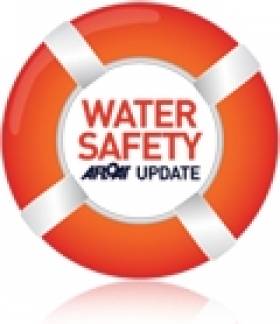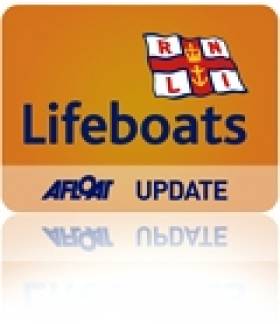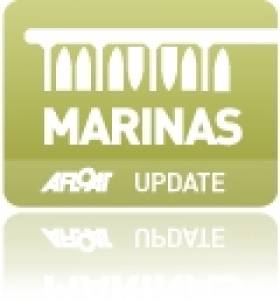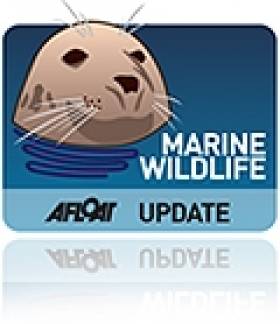Displaying items by tag: Gardai
Boy Drowns in Liffey, Diver Treated for Bends
Gardaí have confirmed that a 14-year-old boy drowned in the River Liffey near Clane, Co Kildare on Saturday.
According to The Irish Times, it is believed the accident occurred while the teen was playing in the river with friends. His body was removed to Naas hospital.
Elsewhere, RTÉ News reports that a diver is being treated for the bends after getting into difficulty in the sea near Kilkee, Co Clare on Sunday.
The man was airlifted by the Shannon coast guard to Galway's University Hospital after being retrieved by colleagues.
The incident occurred shortly after 10pm when the man was walking on a sandbank approximately one mile from Strand Road in Sandymount when he became aware that he was cut-off by the rising flood tide. The Irish Coastguard service that co-ordinates marine rescue received a phone call from the casualty and the inshore lifeboat was launched at 10.20pm.
A search involving Gardai and coastguard shore units was already underway and the ILB began combing the area with the assistance of searchlights and white parachute flares. The casualty relayed his position to the ILB crew via the Dublin Coastguard radio service and was located within 20 minutes.
The ILB crew took the casualty on board and brought him to Dun Laoghaire one hour after the call-out. He was unhurt in the incident and did not require hospital attention.
The new inshore lifeboat was named "Realt Na Mara" by broadcaster Pat Kenny and his wife Cathy at a ceremony last Saturday. The €35,000 craft was donated privately and this evening's call was the second today. Earlier, four people on a small powerboat got into difficulties off Bulloch Harbour in Dalkey.
Tonight's incident is not an infrequent occurrence as the sandbanks on Sandymount Strand have tricked other walkers in the past as the incoming tide floods the lower-lying beach area closer to the shore and depths become impossible to walk, especially in surf.
"The casualty was very lucky to escape injury or worse," commented Stephen Wynne, Lifeboat Operations Manager at Dun Laoghaire RNLI. "There was less than two hours remaining before high-water but at that stage the sandbank would have been completely covered. Sea-temperatures on the East Coast are still less than ten degrees and the chances of survival would have been slim".
Daring Night Raid on 60 Shannon Boats
Gardaí in Carrick-on-Shannon are investigating a serious raid at a marina that saw as many as 60 boats vandalised.
The Irish Times reports that the raid early on Tuesday morning involved a five-strong masked gang using a number of vehicles, who robbed at least 40 of the boats of nautical instruments and electrical equipment and damaged 20 others.
The vessels appear to have been targeted among the 300 boats moored at Butler's marina on the River Shannon. The cost of damage to the boats is not yet known.
A staff member at Butler’s marina told The Irish Times that the company was not in a position to comment on the case.
Meanwhile, there are plans to circulate a list of all stolen items among Ireland's inland boating community.



























































